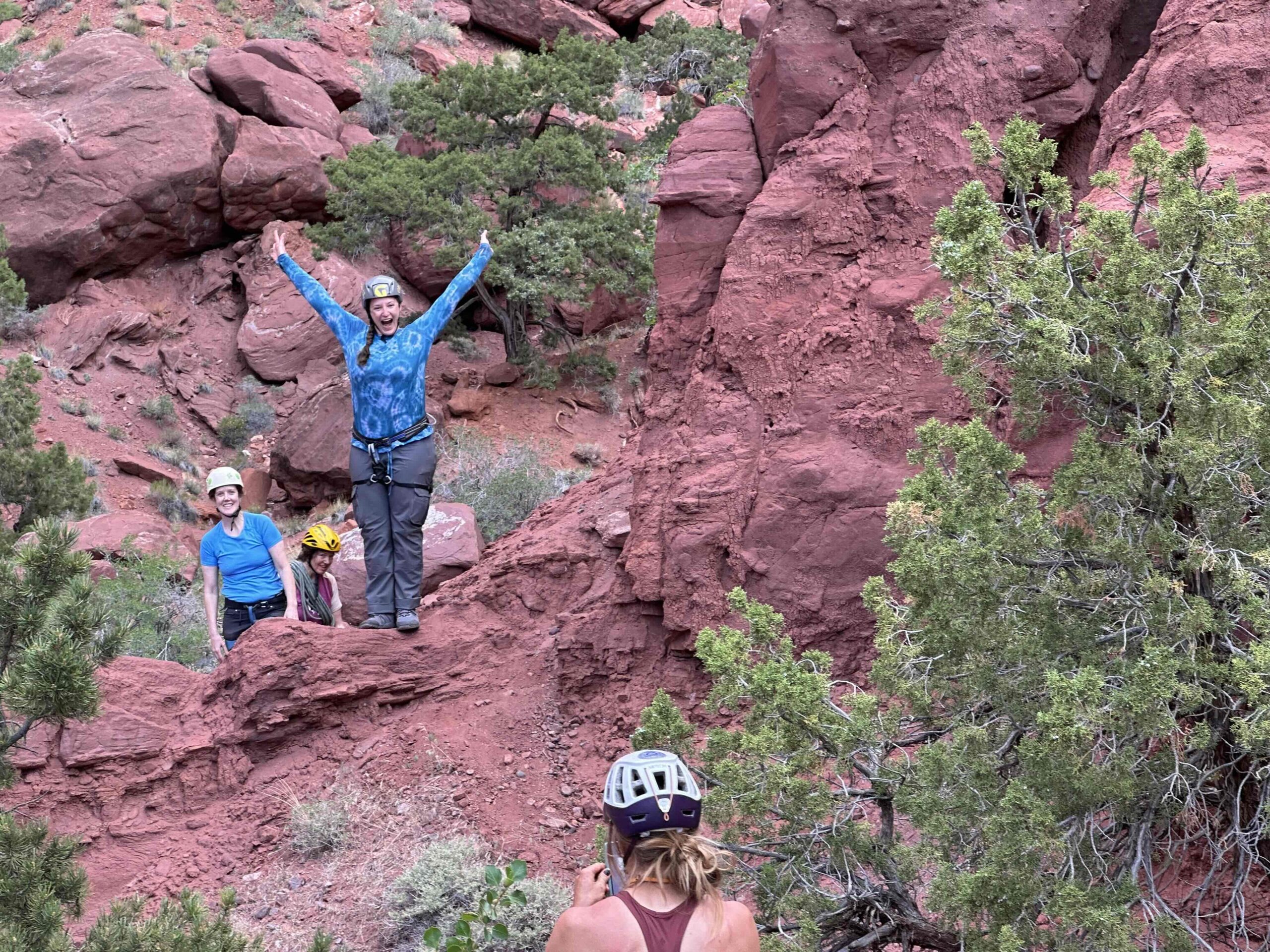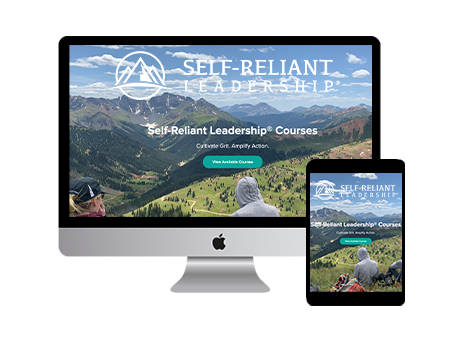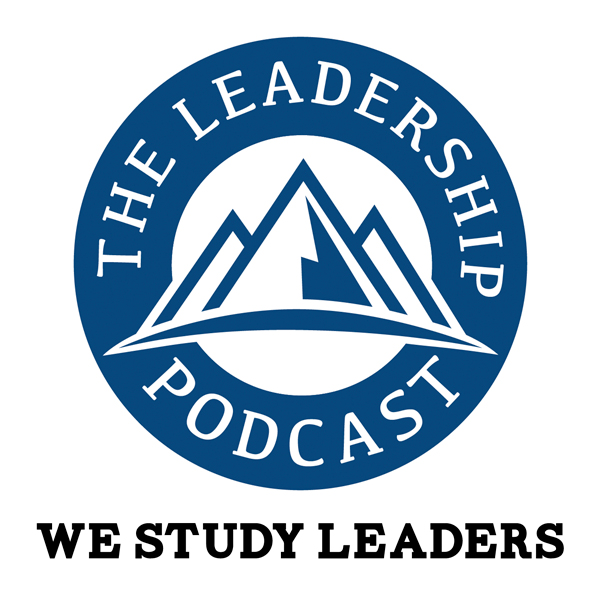There are 54 mountains in Colorado that measure over 14,000 feet in height. I recently climbed my sixteenth 14er, and it was the eighth one I have done by myself. I had seven solitary hours to contemplate the oft-cited metaphor of mountain climbing and leadership.
The first thing I thought about while stressing and straining over the trail was, “Why am I doing this? What motivates me to push myself in sometimes tough conditions?”
I wasn’t able to answer that question for myself until I reach the summit. I wondered if the altitude had something to do with it, but the higher I climbed, the more daily distractions faded away and I was able to focus and think. At the summit, I realized my little epiphany of why I climb is rather cliché: It made me feel alive and purposeful.
I found the purposeful part odd, as solo climbing is a rather selfish pursuit, but climbing is to my very being what reading is to my mind, and exercise is to my body. I need to climb to be a (whole) better person.
Like every leadership assignment I have ever had, none of the mountains I have climbed were easy. Like the teams I’ve led, each mountain has its own personality. The way the weather wraps around the mountain, the way routes seem to disappear in front of you. Just like leadership, where teams react positively or negatively to challenges, is not always predictable.
Some of the mountains I have climbed were more challenging than others, but none were without their moments where I had to dig a little deeper than I thought I would – or could. Like life and leadership, there are plenty of external uncontrollables.
The weather determines the temperature, which determines the layers of clothing. The wind can make a tricky ridge even more difficult. Rain can make a trail a muddy and a slippery mess, and snow can make a route hard to find. Just like leadership, the route requires adaptability and the self-reliance to persevere despite hardship.
Unlike leadership, climbing a mountain is temporary. Dedicating the better part of a day to a physical activity is easier than the stamina required to put forth your best efforts day after day in the pursuit of an organization’s vision.
On my recent climb, I realized that the metaphors between climbing and leadership were most applicable if one was engaged in leadership while actually climbing the mountain. I met a woman on the descent who had been abandoned by her team, which summitted without her. She seemed resigned to the fact that she wasn’t strong that day, but not summiting with her friends will be with her forever. How sad it was that the team wasn’t able to get everyone to the summit. It makes me wonder what the team dynamics were, who the leader was, what the individual and group motivators were.
I also met a soldier on the mountain that had just returned from Afghanistan. In the brief five minutes we chatted, we didn’t talk about the route, the summit or the weather.
We talked about the team he led in war. Here we were in one of the most beautiful places in North America on a pristine day, and this soldier was talking about people rather than nature. I think I represented someone safe to speak with: I wasn’t a fellow soldier, I wasn’t his family, and I wasn’t the press. He told me how he lost eight soldiers as a platoon leader while manning an indefensible base.
He cupped his hands and explained how they were placed in a bowl of mountains and expected to defend it from an enemy that had the higher ground. It was heart-wrenching. Here was a soldier that just returned from combat, and the first thing he did was climb a mountain. I realized that climbing the mountain for him was a cleansing experience, and a place to renew.
For those of us that climb, the mountain serves as an anvil. The inertia of the mountain allows the energy of climbers to be transferred to their very core. Where do you go to renew, revive, and develop the self-reliance required of today’s leader?
Article first published as Climbing Mountains is Never Easy and Neither is Leadership on Technorati.






